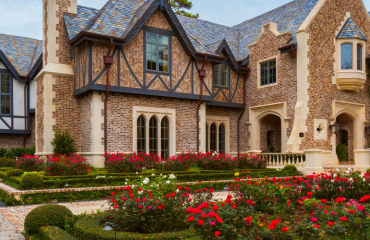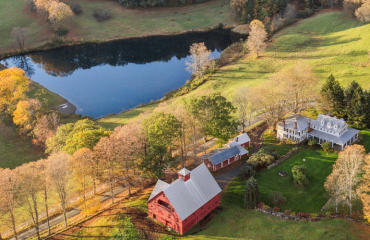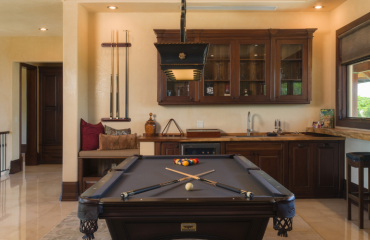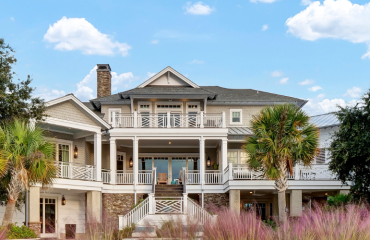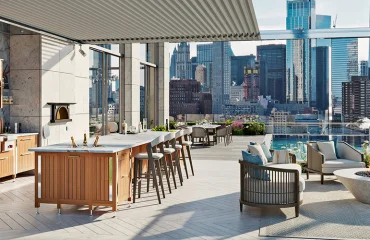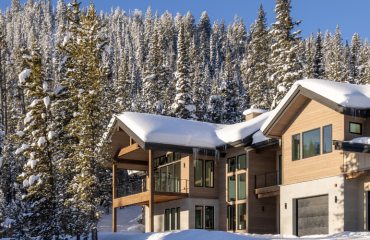The same sensibility flows through Aman New York’s flagship spa, spread over three floors of the 100-year-old Beaux Arts Crown Building on Fifth Avenue. Aman designer Jean-Michel Gathy and his studio Denniston have deployed oak, walnut, and cinnamon woods across finishes, floors, doors, and furnishings, alongside floors laid to imitate the patterns of woven rattan, plus Belgian blue marble and metallic detailing to lend depth.
While the 10th floor 65-foot (20 m) pool is the spa’s pièce de résistance, there is also a hammam, Banya Spa House, and two private spa houses, each with a double treatment room, a living area, and private terrace with a warm bath and cold plunge pool.
Yuki Kiyono, global head of wellness and spa, says that in placing equal value on “multiple factors—clinical analysis and therapy, nutrition, movement, emotional equilibrium, and others—that contribute to vibrant well-being,” treatments embrace both traditional therapies and the latest technologies, from cryotherapy to spectrophotometry (evaluating the amount of minerals, toxic metals, and oxidative stress in the body). There is also hydrotherapy, massage, and acupuncture.
